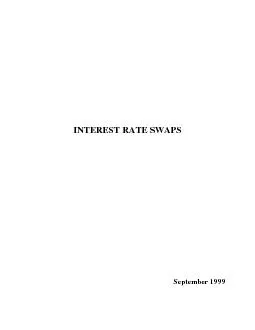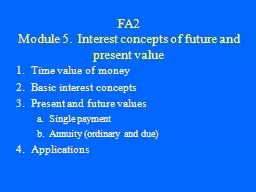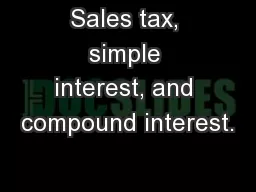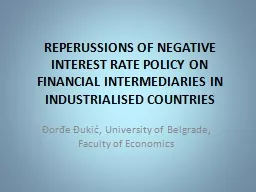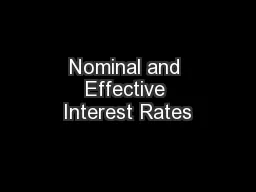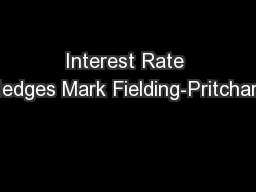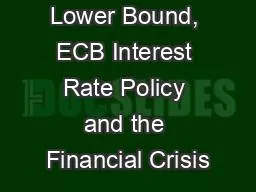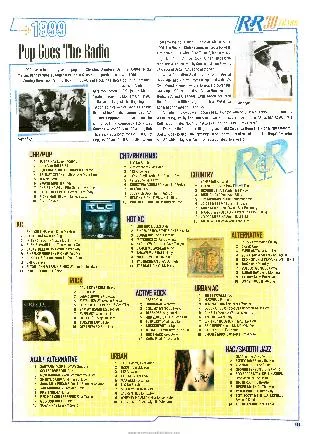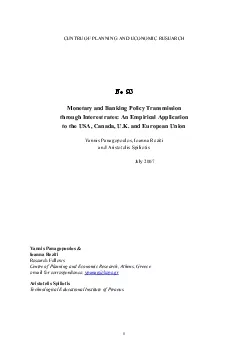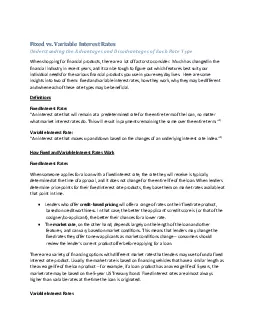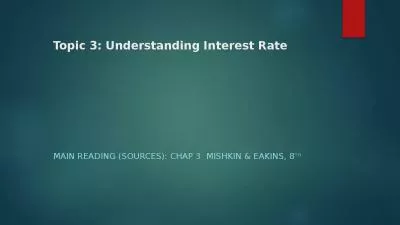PDF-INTEREST RATE SWAPSSeptember 1999
Author : debby-jeon | Published Date : 2015-11-08
2INTEREST RATE SWAPS Definition Transfer of interest rate streams without transferring underlying debt FIXED FOR FLOATING SWAP Some Definitions Notational PrincipalThe
Presentation Embed Code
Download Presentation
Download Presentation The PPT/PDF document "INTEREST RATE SWAPSSeptember 1999" is the property of its rightful owner. Permission is granted to download and print the materials on this website for personal, non-commercial use only, and to display it on your personal computer provided you do not modify the materials and that you retain all copyright notices contained in the materials. By downloading content from our website, you accept the terms of this agreement.
INTEREST RATE SWAPSSeptember 1999: Transcript
Download Rules Of Document
"INTEREST RATE SWAPSSeptember 1999"The content belongs to its owner. You may download and print it for personal use, without modification, and keep all copyright notices. By downloading, you agree to these terms.
Related Documents

